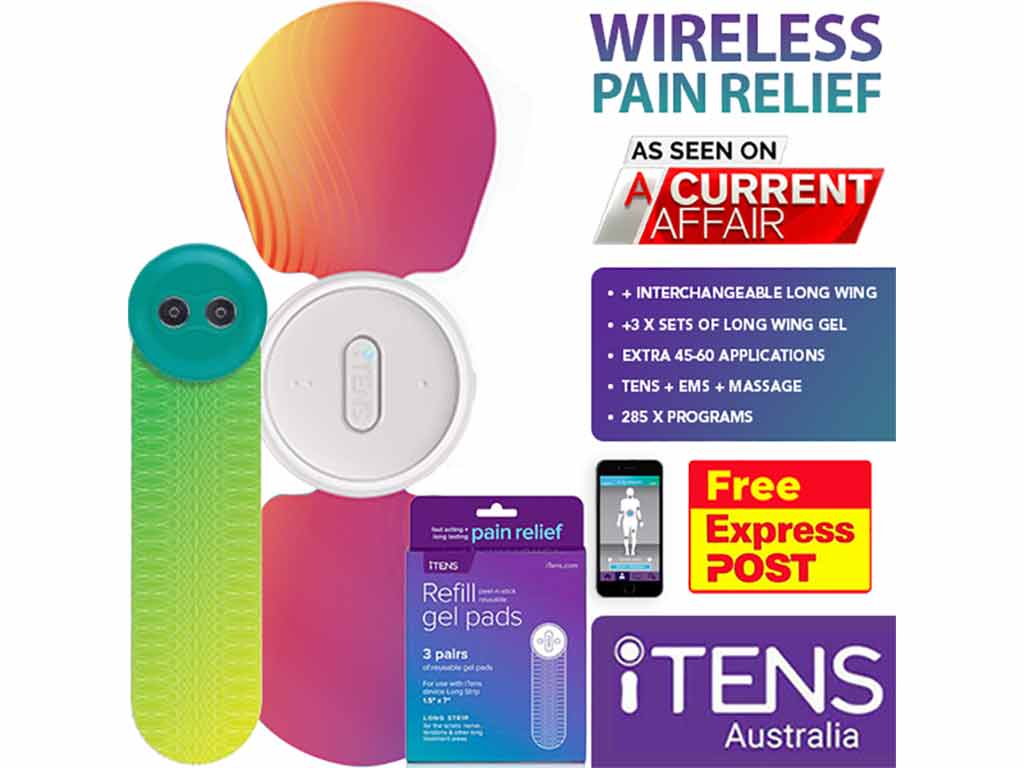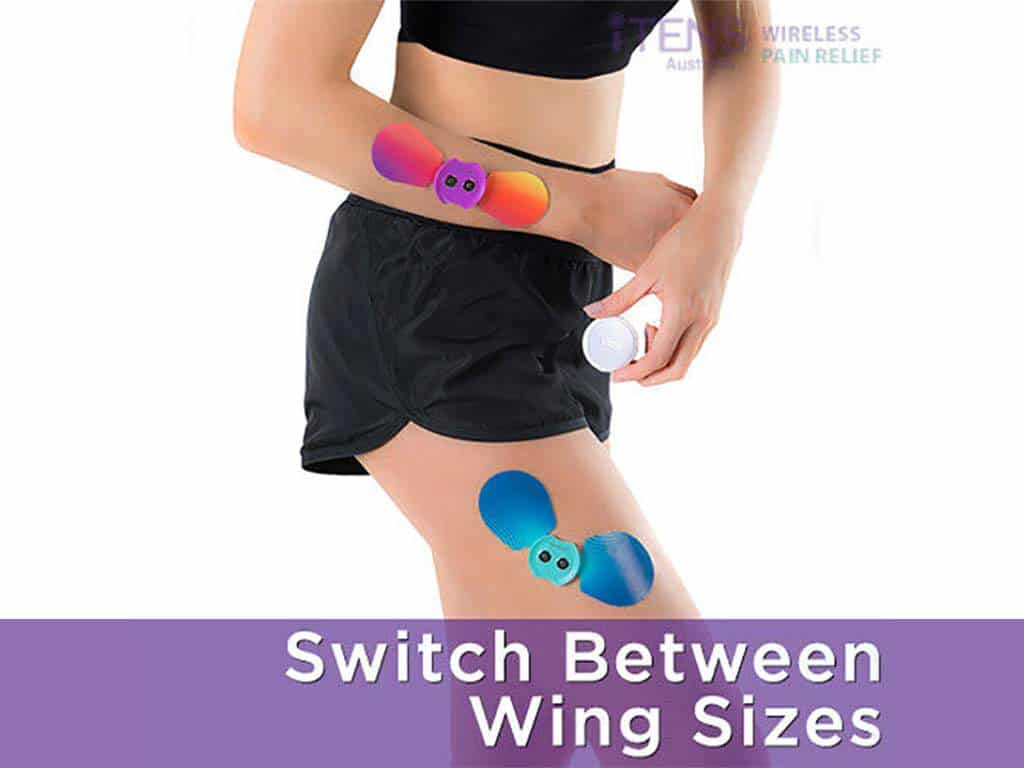
A muscle stimulator is an electronic device that delivers mild electrical impulses to the body. It has a pair of electrode pads that are placed on the skin of the affected area. Thus, individuals who prefer a drug-free treatment may use a muscle stimulator for pain relief. It works by blocking pain signals and contracting the target muscles to improve strength and relax muscle spasms. The electrical impulses can also help increase blood circulation and reduce inflammation.
Muscle pain is one of the most common discomforts of many people worldwide. It can occur due to overexertion, strains or injury, and underlying health conditions. This can significantly reduce activity levels. Hence, pain management is essential to help regain function and enhance the quality of life. In this article, we will focus on muscle stimulation devices for pain relief, how they work, and their benefits.
What is a Muscle Stimulator for Pain Relief?
A muscle stimulator for pain relief is a portable device that delivers electrical currents to the body. It consists of a handheld control unit and adhesive electrodes connected by thin wires. Some advanced devices utilise wireless technology, eliminating the need for lead cables. Instead, they use Bluetooth to connect remotely to a smartphone app.
Muscle stimulators come in various features, ranging from simple portable units to more advanced models with multiple settings and programs. They are typically lightweight, user-friendly, and adjustable. It allows users to customise their pain treatment according to their comfort levels. Hence, individuals do not need to go to a pain clinic or physical therapy centres frequently to manage their pain.
Electrical stimulation therapy can help treat a wide range of pain conditions. It is suitable for activity-induced muscle pain, neuropathic pain, muscle strains, and post-operative pain. However, it requires proper usage to ensure effective results. It is advisable to consult with a physical therapist or health professional before starting any treatment.
Types of Muscle Stimulator Devices
- TENS (Transcutaneous Electrical Nerve Stimulation): TENS units are one of the most used stimulators for pain relief. It targets the nerves to help alleviate musculoskeletal pain and joint pains.
- EMS (Electrical Muscle Stimulation): EMS devices use stronger electric currents to stimulate muscle contractions. They are ideal for muscle recovery and rehabilitation purposes.
- NMES (Neuromuscular Electrical Stimulation): Sometimes called Russian Stimulation, NMES uses high-frequency and sinusoidal waveforms to strengthen muscles and improve muscular endurance.
- IFC (Interferential Current): IFC therapy devices use two medium-frequency currents to intersect and create an analgesic effect in the deeper tissues and modify the activity of the autonomic system.
How Muscle Stimulator for Pain Relief Works
The muscle stimulator for pain relief sends electrical pulses to the muscle groups under the electrode placement. These pulses mimic the natural way the body activates the muscle fibres during physical activity. It causes the muscles to contract and relax, which helps improve blood flow and reduce swelling. The repeated contractions also help strengthen weakened muscles, ease tension, and revert muscle atrophy.
Moreover, it stimulates the sensory nerves to block the transmission of pain signals. It also helps reduce pain intensity by distracting the brain with electrical pulses. In addition, it promotes the release of endorphins, the natural painkillers. These chemicals help reduce pain and stress levels and enhance the sense of well-being.
The effects of muscle stimulators may vary depending on the type of therapy, individual conditions, and other factors. Therefore, it is vital to determine the appropriate settings to obtain the most effective results. For convenience, advanced models like the iTENS have pre-set programs. For example, there are several modes for muscle pain and other health conditions for easier use.
Mechanisms of Action
Electrical stimulation devices use varying levels of intensity and frequency to relieve pain. A high-frequency level activates the pain gate mechanism of the body. According to the Gate Control Theory of Pain, external stimuli like electricity can cause the “gate” in the spinal cord to close. Consequently, it blocks the pain signals from reaching the brain.
Conversely, low-frequency stimulation triggers the production of endorphins. They are neurotransmitters that inhibit the nerve cells from sending pain messages to the brain. This mechanism of action is similar to how opioid medications work but without the risk of addiction or side effects.

Benefits of Using Muscle Stimulators for Pain Relief
Individuals can get various benefits from using muscle stimulators for pain relief. Firstly, it is a drug-free and non-invasive pain management method. Muscle stimulators are used externally to target the source of pain without significant risks or complications. It helps reduce reliance on pain medications and the risk of dependency. It also minimises the need for more intensive procedures like surgery.
Secondly, it offers targeted relief. The muscle stimulators are applied directly to the affected area through electrode pads. It allows the electrical currents to focus on specific muscles or nerves, allowing powerful relief. This approach provides localised relief and can be beneficial for people with chronic pain conditions.
Thirdly, electrical pain relief devices have adjustable settings. It allows users to customise the intensity, frequency, and pulse duration based on their condition or severity of pain. This flexibility ensures that individuals can find optimal relief for their specific needs. Lastly, the device is highly portable, allowing people to use it at home or on the go.
Is It Safe and Effective?
Muscle stimulators have proven to be safe and effective for pain relief. Nevertheless, it entails proper usage to avoid potential risks. These portable medical devices have controlled electrical impulses to prevent overstimulation. Additionally, they are generally well-tolerated and have minimal side effects. The side effects often disappear after the treatment.
Start with the lowest setting and gradually increase to a more comfortable intensity and frequency. Avoid prolonged use to prevent muscle fatigue, dizziness, or skin irritation. Furthermore, people with severe medical conditions should consult a pain specialist or healthcare provider for guidance and advice before use.
Conclusion
Muscle stimulators for pain relief are modern solutions for various chronic and acute pain conditions. It is a portable electronic device that sends electrical pulses to the body. It utilises electrode pads to target the affected area directly. Hence, it provides a natural method of pain relief. It is an ideal drug-free alternative for those who want to reduce their medication intake. The device works by blocking pain signals, releasing endorphins, and stimulating muscle contractions.
Using muscle stimulators can also improve muscle strength and increase the range of motion. It is efficient in rehabilitation after an injury or surgical operation. Moreover, the adjustable control unit of the device allows for efficient and convenient pain management treatment. Individuals can find optimal settings for their specific needs. In conclusion, they are safe and effective in alleviating pain and improving physical function. Nevertheless, consulting a healthcare professional is essential to maximise the benefits of electrotherapy.








